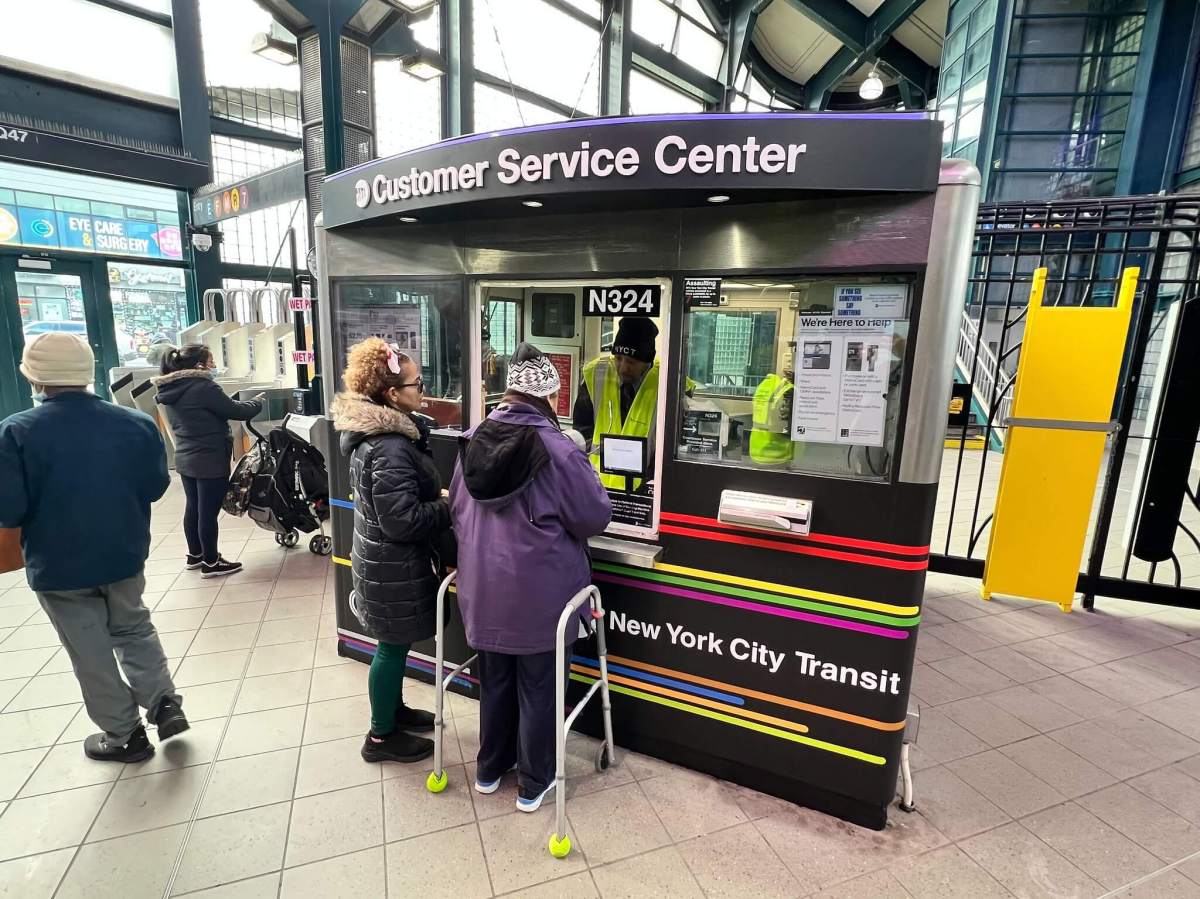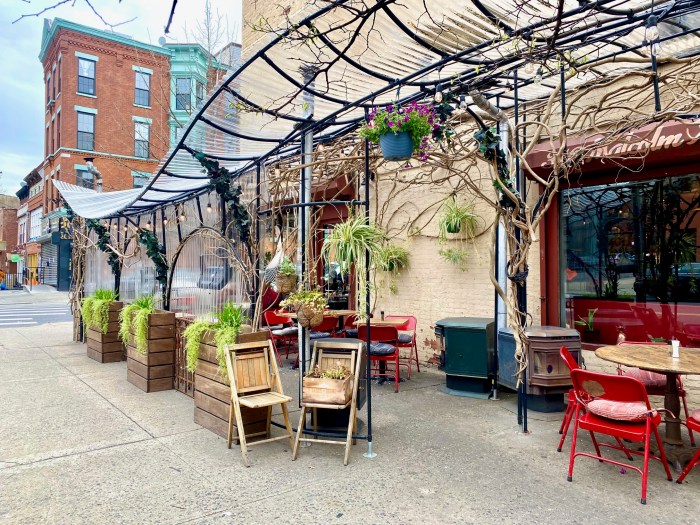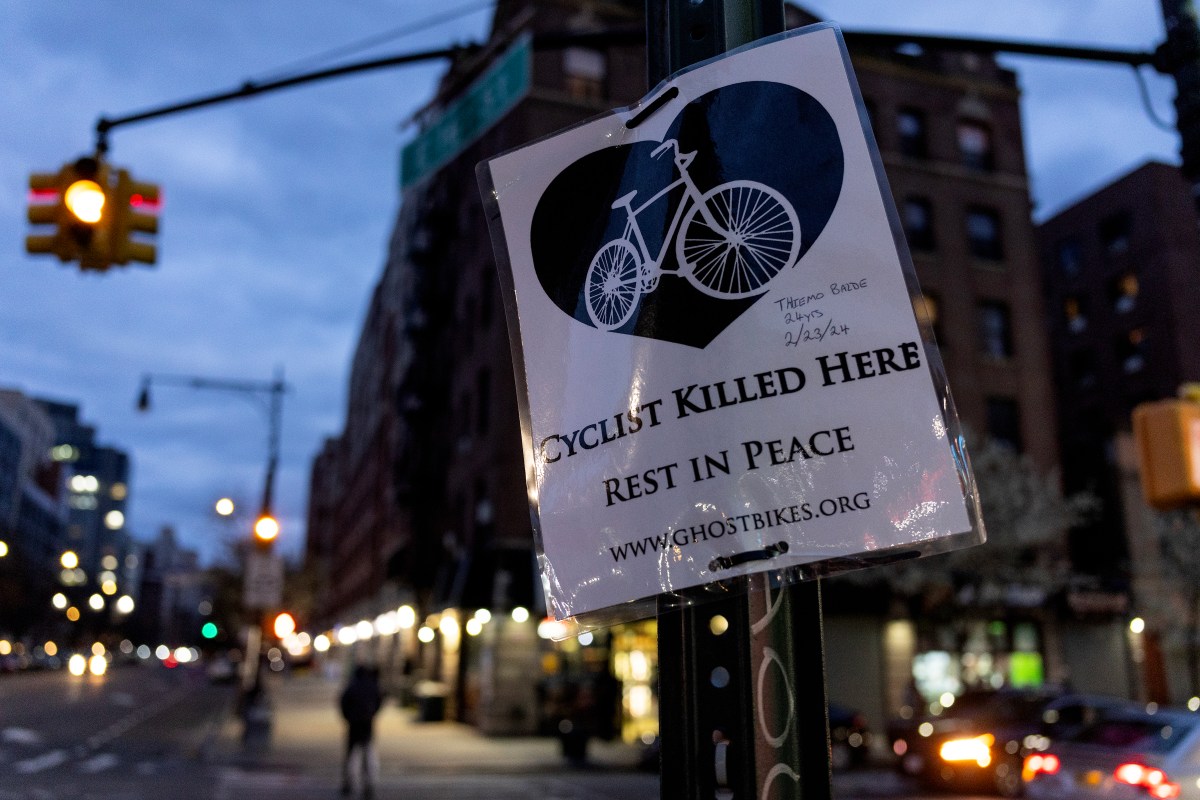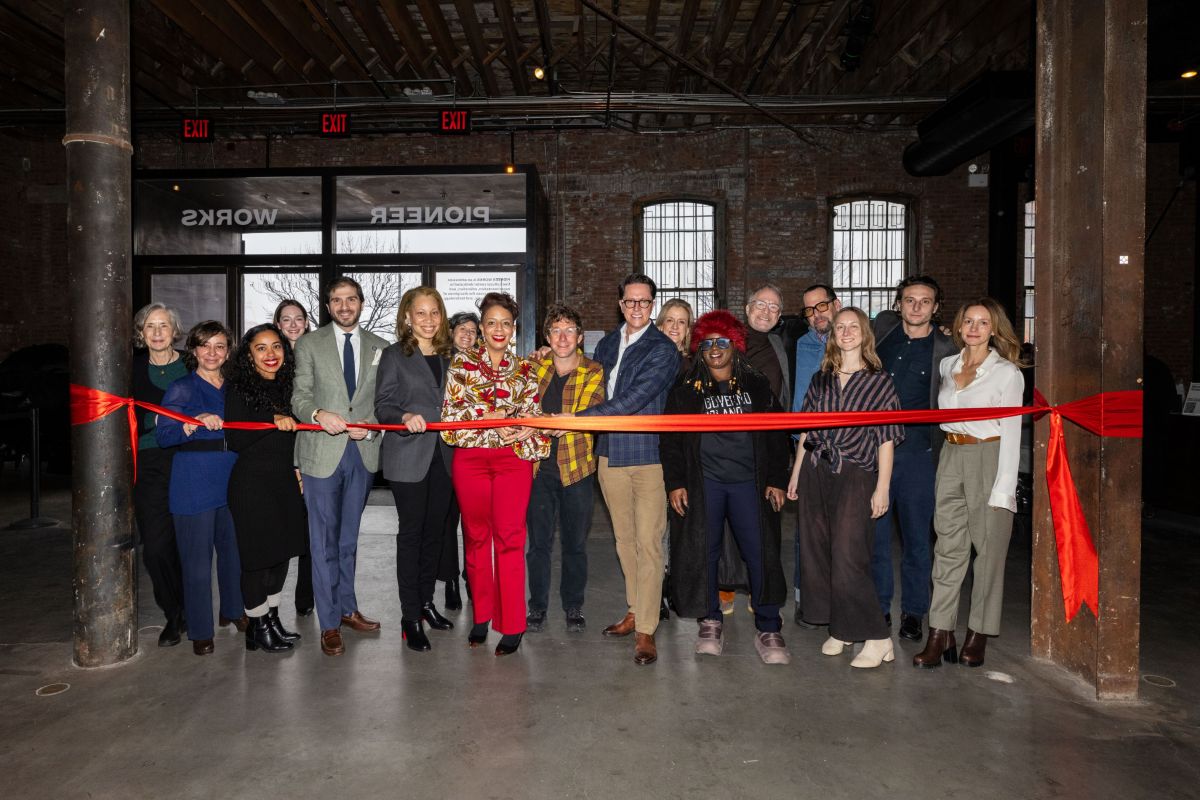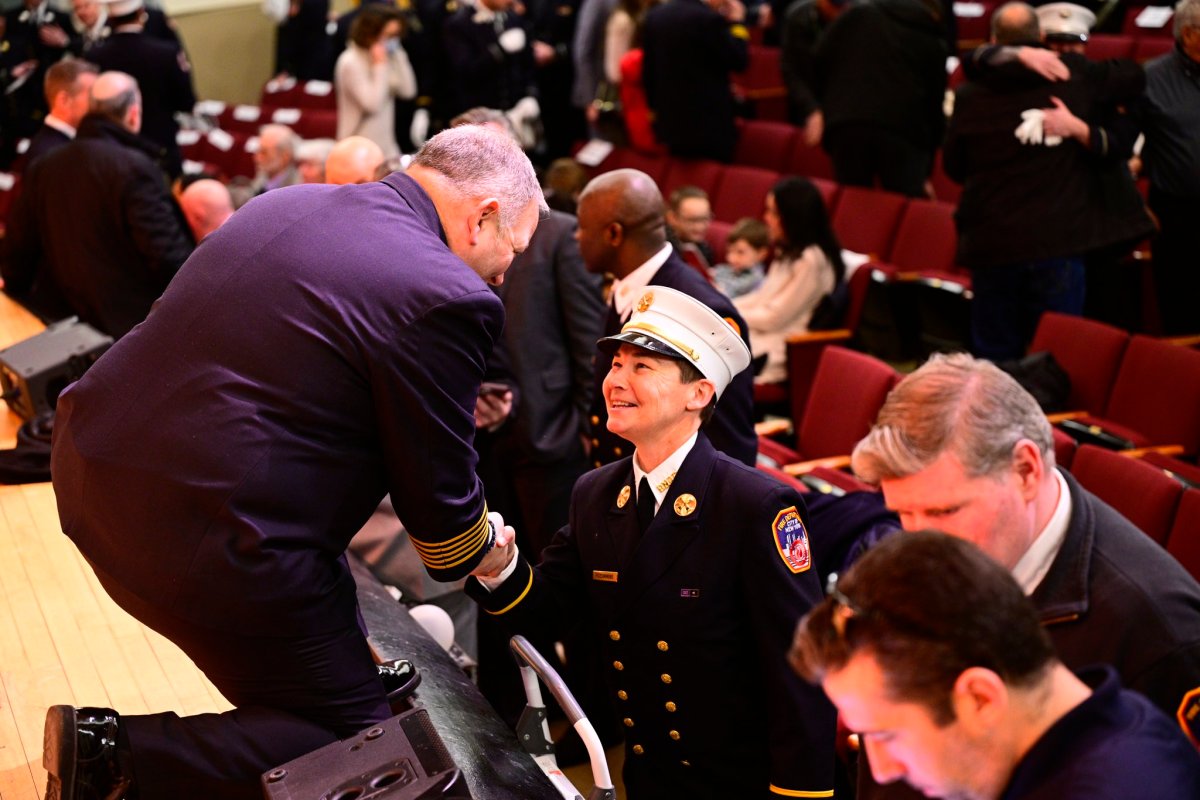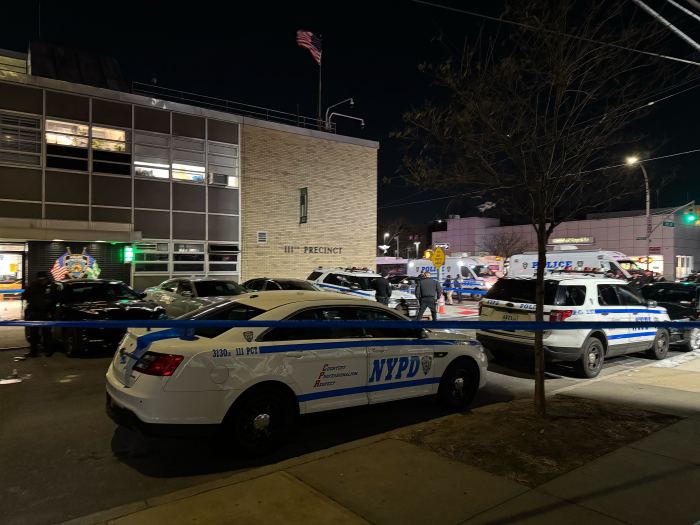The 2,200 station agents working in the subway system will leave the token booths for good on Thursday, March 30, the Metropolitan Transportation Authority announced, transitioning into a new role more oriented towards direct customer service.
MTA New York City Transit president Rich Davey announced the long-awaited move on Tuesday. Instead of sitting behind plexiglass in the booths, station agents will adopt a more mobile function, roving their assigned stations to bring assistance to riders, instead of having riders take the initiative to come to the booth themselves.
“If you’re not a New Yorker, this can be a complicated system,” Davey said at a press conference at Fulton Center on Tuesday. “And so being able to provide that sort of hands-on and very direct customer service is gonna be important.”
The station agents will provide on-the-go assistance on navigating the complex subway system, and will also help riders in switching to and using OMNY, the tap-to-pay system replacing the MetroCard. Being on the move will also allow for more timely reporting of issues in stations, like broken digital screens or elevators.
Token booths were an important hub of activity at train stations for decades, where riders purchased the tokens used to enter the subway, and were also often the target of robberies for large amounts of cash transacted in them. They began to decline upon the introduction of the MetroCard, which riders could buy and fill on machines. The impending phaseout of the MetroCard and full switchover to OMNY, scheduled for the end of this year, along with the COVID-19 pandemic only raised more questions for the future of station agents.
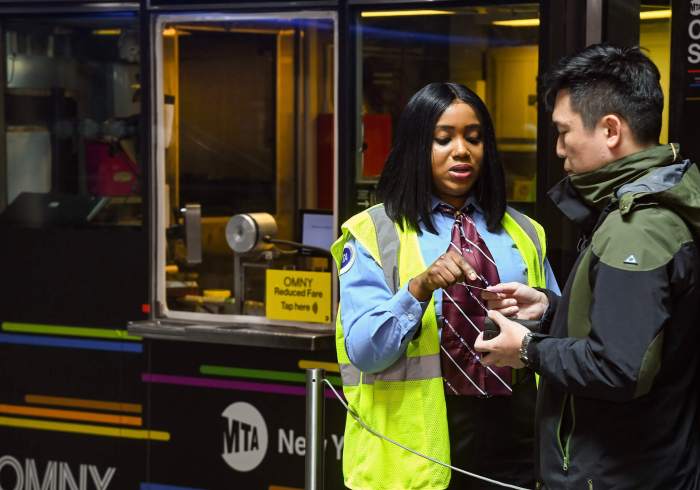
The transformation of the role came after MTA management reached a deal with the influential TWU, which agreed to the changes on the condition that no one would lose their jobs. In fact, the MTA has hired hundreds of new station agents in the past few years and intends to hire more, with hourly wages raised by $1. The agents have been training for the new role over the past several months.
Agents will still have access to the booth, which will remain in place as a break room of sorts that will also include an iPad to communicate issues to higher-ups.
“The booth will still be part of the agent’s overall toolbox, if you will,” said Davey. “But the expectation is the agents will spend the vast majority of their time out in the fare array, so close to the booth but outside the booth.”
Some station agents will also be assigned to new “customer service centers” that are opening across the five boroughs, which come in the form of either repurposed token booths or built-out retail spaces. Those spots will allow riders to perform transactions closer to home for which they once had to schlep all the way to Lower Manhattan, like exchanging expired MetroCards or applying for Fair Fares or other reduced-fare benefits.
The first six customer service centers opened in February, with locations in all five boroughs. Six more are set to open by the end of 2023.
One station agent who joined Davey on Tuesday, Mathew Patrick, said that he is happy to come out of the booth he’s worked at for the past year at Atlantic Avenue-Barclays Center in Brooklyn, saying that the space had felt confining.
“I’m happy to be out of the booth. I felt confined in there, and I felt like I couldn’t get to the customer to help them properly,” said Patrick. “So now that I’m outside of the booth, I can interact with them, I can guide them to where they need to go, I can give them the information that they really need, show them what they need to know.”
Read more: Attorney General Sues Credit Acceptance Corp for Fraud



